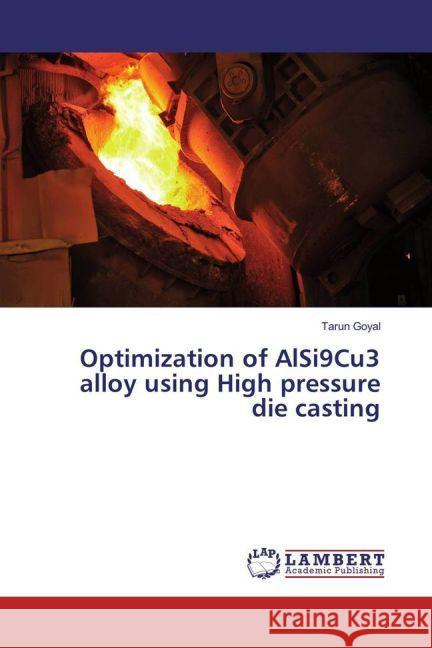Optimization of AlSi9Cu3 alloy using High pressure die casting » książka
Optimization of AlSi9Cu3 alloy using High pressure die casting
ISBN-13: 9783330055056 / Angielski / Miękka / 2017 / 76 str.
In this investigation, an effective approach based on multi-variable linear regression and X-ray method has been developed to determine the optimum conditions leading to minimum porosity in AlSi9Cu3 aluminum alloy die castings. The experimental results using Taguchi L27 orthogonal array were used to map the relationship between process parameters and porosity formation of the die cast part and to study the break load behavior of various level of porosity formation in High Pressure Die Casting (HPDC) process. In this investigation, TBC automatic machine of 500 capacity, Zwick break load of 250 kN capacity machine, Bosello high technology industrial X-ray machine have been used and comparison of previous process parameters and after optimization of process parameters have been studied and their results also studied. Lowest Porosity noted after process parameter optimization i.e. level 1, at furnace temperature 690 C, Die temperature 190 C, plunger velocity at first stage 0.18 m/s, plunger velocity at second stage 2.6 m/s and third stage pressure 280 bar. Break load improved from 8.43 kN to 19.83 kN and 14.0 kN to 26.0 kN.











